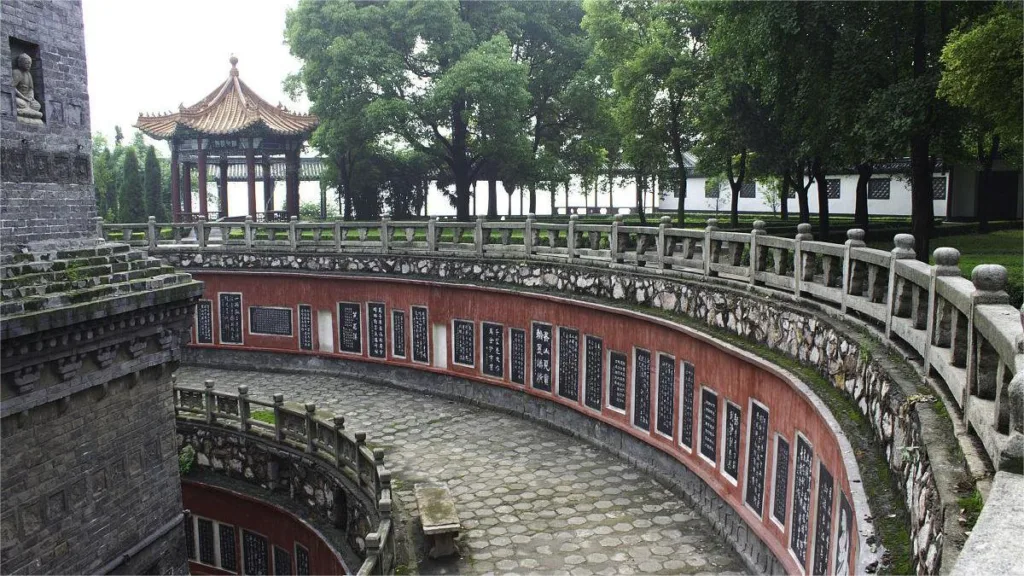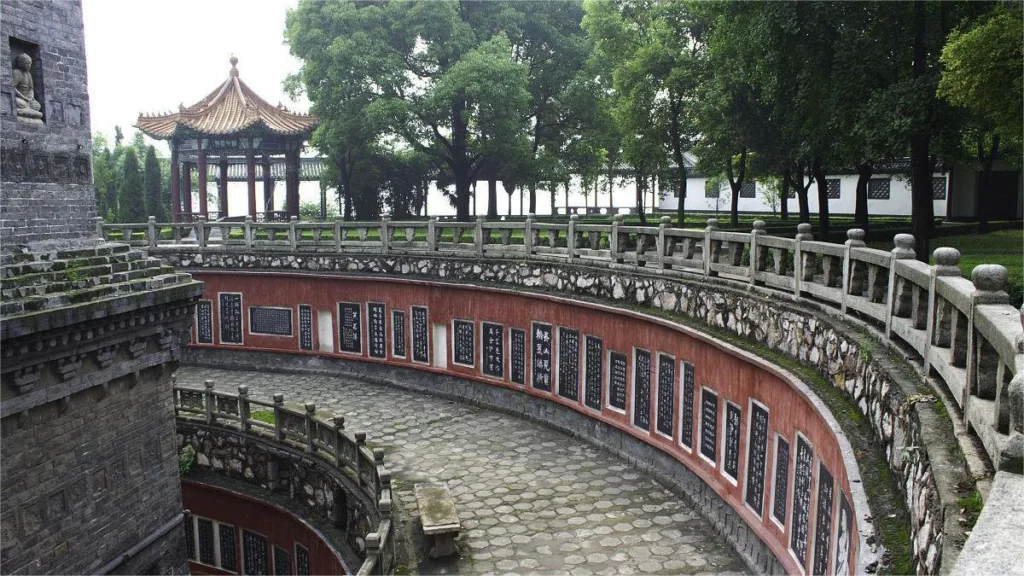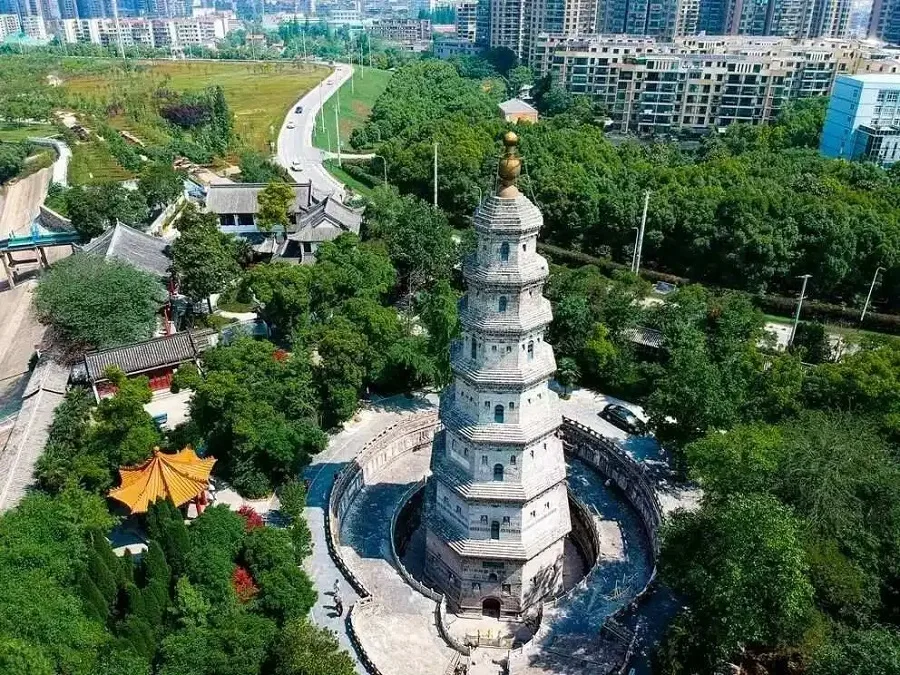Wanshou Garden, Jingzhou – Ticket, Opening Hours, Location, and Highlights


Wanshou Garden (万寿园) in Jingzhou is a tranquil oasis surrounded by Jingjiang River on three sides, capturing the attention of visitors with its renowned “Wanli Changjiang Diyi Ji” (First Rocky Outcrop of the Yangtze River) known as Guanyin Ji and the Ming Dynasty “Wanshou Baota” (Longevity Pagoda). The garden is intricately designed, offering a serene atmosphere. The ancient Guanyin Pavilion showcases exquisite root carvings, a stone appreciation gallery, and artistic masterpieces from renowned local artists. The garden’s long corridors follow the meandering course of the river, adorned with pavilions, towers, blooming flowers, lush trees, and ancient pagodas, creating a harmonious and elegant environment.
In early spring, the garden is adorned with flourishing branches and the songs of rare birds, while midsummer nights bring a refreshing breeze along the river. Clear and pleasant, the garden takes on a serene charm during the deep autumn days with fiery foliage. As winter approaches, the landscape transforms into a pristine, snow-covered wonderland. Wanshou Garden showcases a myriad of enchanting scenes throughout the seasons, making it a captivating destination for visitors seeking natural beauty and historical significance.
Table of Contents
Basic Information
| Estimated Length of Tour | 1 – 2 hours |
| Ticket Price | Free |
| Opening Hours | 8.00 – 17.00; Last admission: 16.30 |
| Telephone Number | 0086-0716-8503149 |
Location and Transportation
Wanshou Garden is situated atop Guanyin Ji on the Jingzhou embankment of the Yangtze River, in the Shashi District of Jingzhou City, Hubei Province, China. The precise address is 90 Jingdi Road. To get there, you can take bus 5 or 17 and get off at Tongqu Road Intersection Stop (通衢路口站).
Highlights of Wanshou Garden
Guanyin Ji (Guanyin Outcrop)

Guanyin Ji, dating back to the Southern Song Dynasty, derives its name from the presence of the Guanyin Temple (Guanyin Pavilion) built on the rocky outcrop. Also known as Xiangbi Ji, or Elephant Trunk Outcrop, due to its shape resembling an elephant’s trunk, this outcrop extends directly into the vast and turbulent waters of the Yangtze River. During the annual Yangtze River floods, Guanyin Ji bravely faces the rushing currents, mitigating the risks to the Jingzhou embankment. Over the centuries, it has played a crucial role in safeguarding the region. After years of restoration efforts, Guanyin Ji now features a spacious square at its peak, approximately 1,000 square meters in size, offering an excellent vantage point to admire the river. Standing at the outcrop, visitors can gaze towards the distant expanse of the river, where the convergence of sky and water creates a breathtaking panorama. During peak flood seasons, the thunderous roar of the waves and the sight of powerful torrents cascading down from the horizon make for a truly awe-inspiring and spectacular experience.
Wanshou Baota (Longevity Pagoda)

Built in the 27th year of the Jiajing era (1548) by Prince Zhu Xianwei, Wanshou Baota stands as a testament to prayers for Emperor Jiajing’s longevity. Erected on the banks of the river at Xiangbi Ji, this eight-sided, seven-tiered pagoda rises to a height of 40.76 meters. The pagoda houses 87 buddha statues carved from white marble, 102 stone tablets, and 2,347 relief brick carvings. The intricate depictions of flowers, birds, mythical creatures, and diverse characters showcase a vivid and lifelike artistic expression. The artistry of the brick carvings, both in technique and creative design, is considered unparalleled in the Jingchu region. Wanshou Baota not only serves as a historical and cultural treasure but also provides a captivating display of artistic excellence, making it a must-visit attraction within Wanshou Garden.
Vlog about Wanshou Garden
Hubei Historical Sites, Jingzhou Attractions